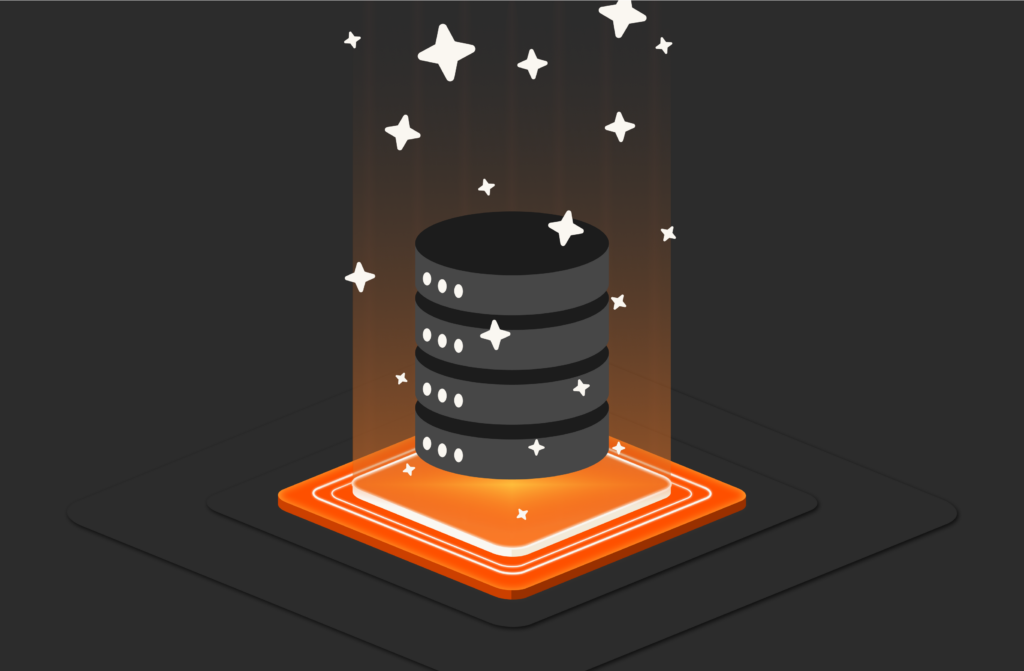On average, Formula 1 (F1) teams travel between up to 23 cities during each racing season. And it’s safe to say these teams can’t pack light. They haul cars, pit crew equipment, replacement parts, team members, drivers, and more around the globe. But that’s not all modern F1 teams are transporting. Their data travels, too—literally.
To enable the lightning-fast access to insights teams needs trackside to optimize cars, debrief and strategize before each race, and earn those tenths of a second, IT has to hit the road with them. In this respect, mobile data centers don’t just bring teams’ data closer to the edge, it brings them a competitive edge. Here’s how.
Faster Insights Mean Competitive Edge
There’s another race going on behind the scenes of every F1 race: the race for insights. Motorsport Network President James Allen describes this dichotomy: “As these highly paid sportsmen are driving the race cars out on track, you’ve got these brilliant mathematicians in the background who are having their own race,” he says, adding that analyzing all of this real-time data is akin to “change management in real time.” He goes on to say, “The definition of whether someone wins or loses is more often than not decided by the decisions that get made around the race”—and that comes from the data.¹
Instrumentation generates more than a billion data points and terabytes of data about the car and component parts. That telemetry data gets continuously logged, is encrypted, and sent to the engineers and the Race Support Room so they can make adjustments. Information is relayed right to the pit crew who can make rapid modifications as needed during the race. Teams are also logging competitor analysis to dispute or defend race results and make other strategic decisions. This can’t be reproduced if it’s lost, so it’s critical that the underlying technology is synced, highly durable, and reliable.
That data center is directly connected to the Federation Internationale de l’Automobile (FIA), the governing body for F1. Systems are linked up to FIA-provided services such as GPS and weather information, as well as F1 management services that provide information on race timing, broadcast feeds, and more.
Mobile Data Centers Offer Seamless Access to Data Trackside
Data and computing play enormous roles in racing. To power things back in the factory, teams have massive on-site data centers. But on the road, it’s a different story.
A mobile data center allows teams to conduct the processing required on-site, not thousands of miles away at headquarters in the UK. This shortens the distance between the source and the processing units, allowing highly sophisticated, detailed telemetry data to be accessible in real time. To analyze that data and monitor performance on the track, teams need top-notch compute, storage, and network technologies. And it all has to be compact, light, and easy to set up.
With a Pure Storage® mobile data center at the track, data isn’t just close at hand, it’s simplified and sophisticated, eliminating the manual database administration that could slow teams down.
The Agility to Pack Up and Go, Week After Week
Between each race, IT teams are working against another clock.
A hectic race schedule across multiple continents makes logistics a critical focus. Along with cars, tools, and parts, IT equipment has to be packed up and ready to travel to every race. IT teams have to rapidly assemble and disassemble hardware and mobile data centers on-site at each location.
Getting those racks there is half the job. At the track, racks are unloaded into the space. The team then hooks equipment up with power supply, backup power supply, and cabling and networking to ensure their comms are linked securely via local area network (LAN) to the garage, the pit wall, and their mobile offices. The entire setup then needs to be tested to ensure everything is in working order since it was last online.
Here’s where Pure’s fast and easy setup can align with the fast pace of F1. It takes minutes, not hours, to get online, enabling everyone to focus more on what matters: winning races. Not to mention, upgrades between races are seamless.
A Smaller Footprint Means More Spare Space (and Parts)
Smaller arrays like Pure Storage arrays can help teams reduce their data rack space footprints. That creates savings on operating costs and frees up space for other types of freight. In some locations where heat and humidity push cooling units to their max, less cooling requirements can reduce the risk of faults or equipment failures, too.
A Platform Built on Power and Performance
Formula 1’s high-speed race for data insights parallels the power of the Pure Storage platform. Just as F1 teams rely on mobile data centers to deliver real-time analytics trackside, Pure Storage enables enterprises to access fast, reliable, and efficient data solutions wherever they operate. With the simplicity and speed of Pure Storage’s FlashArray™, organizations can reduce setup time, minimize their data center footprint, and maintain seamless performance under demanding conditions. Whether optimizing a racecar’s telemetry or driving mission-critical applications, Pure Storage ensures data is always at the forefront, empowering teams to focus on innovation and performance.
The Pure Storage Platform
A platform that grows
with you, forever.
Simple. Reliable. Agile. Efficient. All as-a-service.







